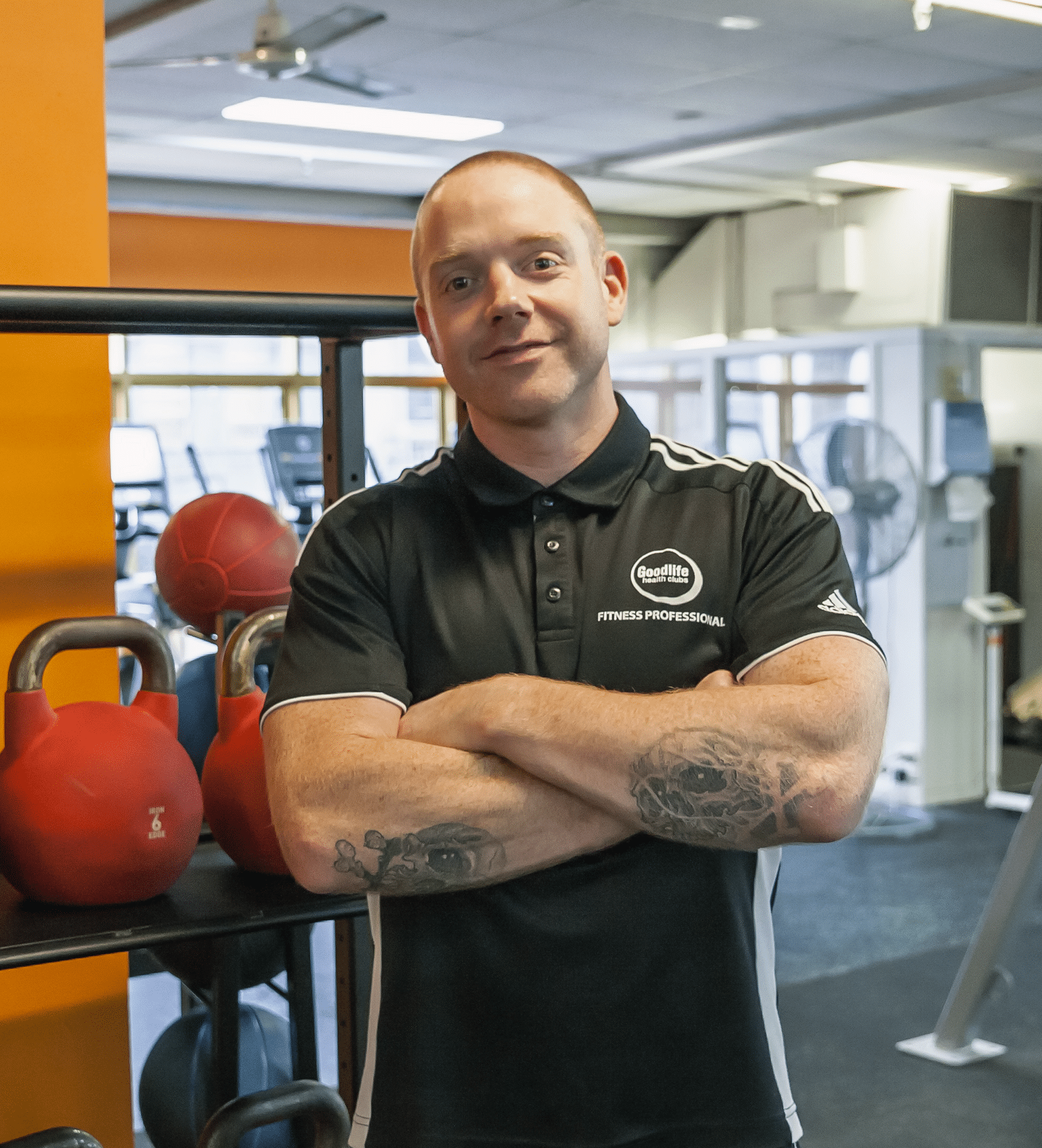If you’re training regularly, you might be tempted to constantly up your game. Whether it’s training more often, with more intensity, or with greater calorie deficits, the adage ‘go hard or go home’ is one we often hear around the gym. But if your workouts are too intense or you’re doing too many, you might actually be doing more harm than good. Here’s why overtraining doesn’t work and 3 steps you can take to find balance in your training regime.
Why overtraining doesn’t work
There are many reasons why people overtrain or go too hard in their workouts. Often, it’s a case of misinformation, with people thinking that the harder they go, the better and quicker their results will be. But just like you can’t build muscle overnight, going too hard too quickly is more likely to see you injured than building the body of your dreams. We recently shared the dangers that regular overexertion has on your body, particularly during intense workouts such as HIIT. Basically, if you push too hard and don’t allow your body proper rest, your body will force you to slow down.
One of the most common mistakes we see people make when trying to lose weight is inconsistency, usually brought on by going too hard all at once, or as we call it “overtraining” Clients go full speed ahead on hardcore diets, intense workouts, and an all-or-nothing mentality. But eventually they get tired and unmotivated, halting their regime all at once – or worse, they get injured. It takes time to form habits. At first, you’re riding on the high that exercise brings, releasing endorphins and lowering stress to make you feel good. However, without proper recovery time, your body will be put in a state of constant stress – which is where the muscle aches, low-mood and demotivation come into play.
If you want to stop the yo-yo training and see consistent results, you need to find balance in your training.
How you can find balance in your training
In order to see true results in your workouts, you need to ensure you include a good mix of low-intensity efforts and high-intensity efforts. A balanced training regime will include a good mix of resistance training, interval training, active recovery, and fun. Remember, that incorporating physical activity into your day-to-day life will also help you achieve your goals. Simple activities like playing with the kids or shovelling in the garden will help you retain your fitness. Some intense, purposeful workouts are important, but your fitness journey is about so much more than the hours you put in at the gym.
If you find you’re a regular over-trainer, or you’ve yo-yoed in the past, here’s 3 tips to get back on track:
1. Assess your current circumstances
The best place to start in achieving balance is to perform a self-assessment of your current fitness and motivations. Ask yourself:
-
- What is my motivation to train? What goals do I have and am I achieving them like this?
- How does training make me feel? Am I energised after a training session, or am I achy and unmotivated?
- Is my current regime working for me? What have the results been lately?
If you find yourself constantly hard on yourself or on the brink of giving up, you may need to take a different approach. Remember also not to compare yourself to others. Your body and your goals are likely very different from your friends or partner, so it’s ok if your training regime is different too.
2. Listen to your body
There are many factors that can impact how your body responds to a training session. Stress, lack of sleep, and physical work can all affect how you feel during and after a workout. Take time out to see how your body is feeling each week, and then change up your workouts based on what your body is telling you.
If you’re:
-
- Feeling run down
- Anxious or depressed
- Aching or sore
- Fatigued
You might want to try some low-intensity exercises.
But, if you’re:
-
- Energised
- Excited by the idea of a workout
- Feeling mentally and emotionally positive
- Not experiencing pain or muscle tiredness
A high-intensity workout might be in order – just remember not to overdo it!
3. Prioritise recovery time
As we’ve said before, recovery is the only way your body can, well, recover, after a workout. Give your body the rest it needs, and it will reward you with the results you’re after. Recovery should incorporate planned activities that are deliberately scheduled into your training regime. You could try:
-
- Sleeping 7-9 hours per night
- Going for a walk
- Meditation
- Stretching or Yoga
- Getting a massage
- Planning something fun
Developing the right training regime for your body and goals can be difficult, as is sticking to it. If you’d like a hand finding balance in your workouts, we’re here to help. Contact us today to learn more about what we can do for you. Check out our current 50% off offer.




